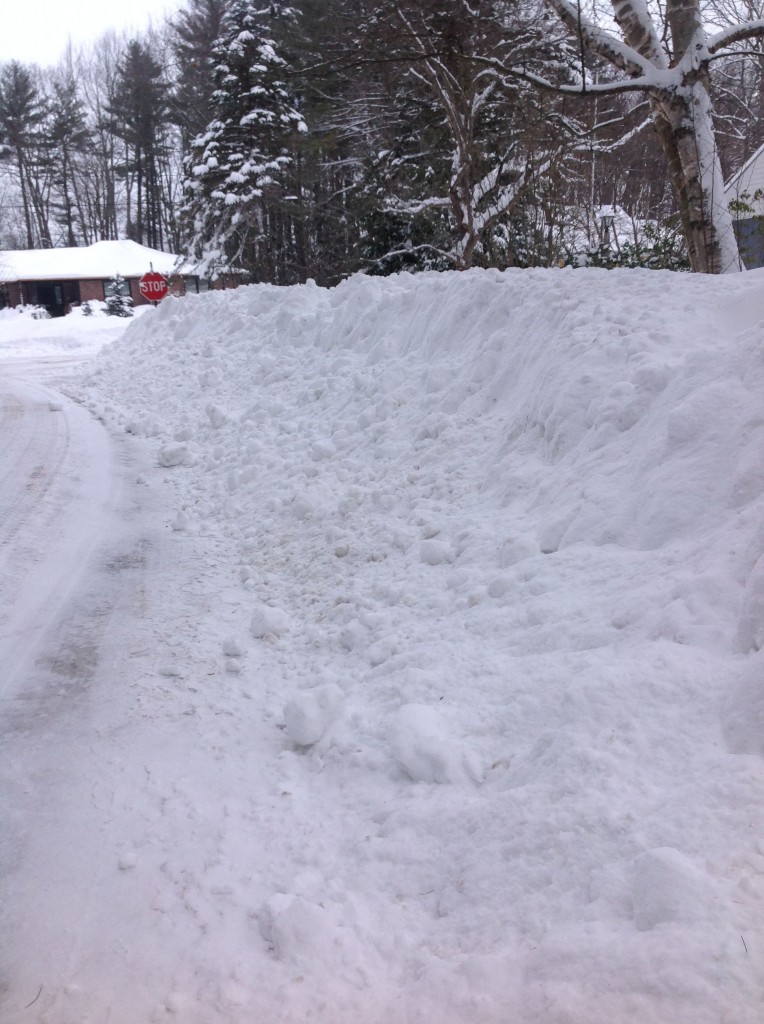A quiet post for January’s end, in honor, perhaps, of our next and new 6 inches of snow.
As I note from time to time, and as I walk and shovel through this winter, I am also reading through others – 18s 55 and 56 to be precise – in Thoreau’s journal, and in deep January (a thick winter then, as well), I have come upon this:
A journal is a record of experiences and growth, not a preserve of things well done or said. I am occasionally reminded of a statement which I have made in conversation and immediately forgotten, which would read much better than what I put in my journal. It [the statement] is a ripe, dry fruit of long-past experience which falls from me easily, without giving pain or pleasure. The charm of the journal must consist in a certain greenness, though freshness, and not in maturity. Here I cannot afford to be remembering what I said or did, my scurf cast off, but what I am and aspire to become. 1/24/56
This winter journal is rife with just such greenness and aspiration. Even as it notes a cold that empties the landscape, its pages fan out before the reader, considering the Rig Veda, crow tracks and diet, the citizenship of elms, and the raised effect of walking atop snow:
The snow is so deep along the sides of the river that I can now look into nests which I could hardly reach in the summer. I can hardly believe them the same…Thus we go about, raised, generally speaking, more than a foot above the summer level. So much higher do we carry our heads in the winter. 1/24/56
I especially like Thoreau’s sense of being uplifted, “so much higher,” in deep winter. So different from the trudging slump so many exhibit when the snows add up, it is a sort of “greenness” in winter.

